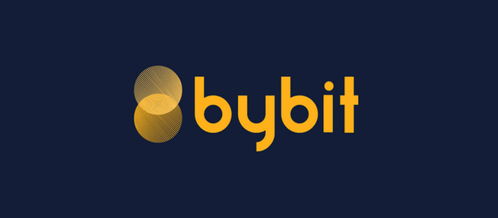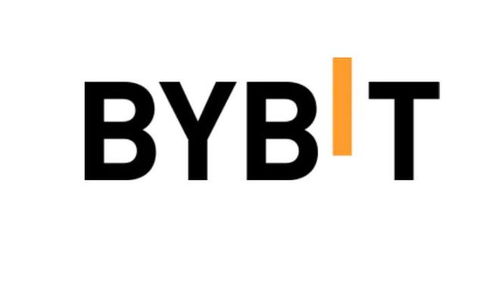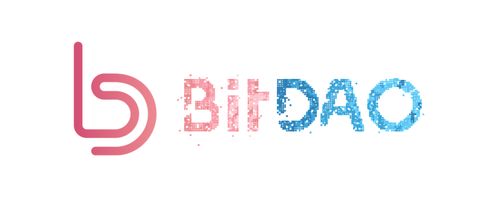
By Bit: A Comprehensive Guide to Understanding Binary and Beyond
Have you ever wondered what lies at the heart of your computer’s operations? The answer lies in the smallest units of data: bits. In this article, we’ll delve into the fascinating world of bits, exploring their role in computing, their relationship with other data units, and how they shape the digital landscape we know today.
What is a Bit?

A bit, short for binary digit, is the fundamental unit of information in computing. It can represent one of two values: 0 or 1. These binary digits are the building blocks of all digital data, from simple text to complex multimedia files. In essence, a bit is like the smallest piece of a puzzle that, when combined with other bits, forms a complete picture.
Bits and Bytes: The Basics

While bits are the smallest units of data, they often come together to form larger units. One of the most common units is the byte, which consists of 8 bits. Bytes are used to represent characters, numbers, and other data types in computers. Here’s a breakdown of some common data units and their relationships:
| Data Unit | Size | Relationship |
|---|---|---|
| Bit | 1 | Basic unit of information |
| Byte | 8 bits | Common unit for storing data |
| KB | 1024 bytes | Used for larger files and data storage |
| MB | 1024 KB | Common unit for disk storage and large files |
| GB | 1024 MB | Used for massive data storage and large applications |
As you can see, each unit is 1024 times larger than the previous one, following the binary system’s base-2 numbering scheme.
Bits in Programming

In programming, bits play a crucial role in various aspects, from data representation to performance optimization. Here are some key points to consider:
-
Data Representation: Programming languages use bits to represent different data types, such as integers, characters, and floating-point numbers. For example, an 8-bit integer can represent values from 0 to 255.
-
Bitwise Operations: Programming languages provide operators that allow you to manipulate individual bits within a data unit. These operations, such as AND, OR, XOR, and NOT, are essential for tasks like encryption, hashing, and image processing.
-
Performance Optimization: By understanding how bits work, developers can optimize their code for better performance. For instance, using bitwise operations can be more efficient than standard arithmetic operations, as they are executed at the processor level.
Bits in the Real World
Bits are not just theoretical concepts; they have a significant impact on our daily lives. Here are a few examples:
-
Communication: Bits are used to transmit data over networks, such as the internet. This allows us to send emails, browse websites, and stream videos.
-
Storage: Bits are used to store data on various devices, such as hard drives, solid-state drives, and USB flash drives. This enables us to save documents, photos, and other files.
-
Computing: Bits are the foundation of all computing devices, from smartphones to supercomputers. They enable these devices to process and manipulate data, making them powerful tools for various applications.
Conclusion
Bits are the smallest units of data in computing, and they play a crucial role in shaping the digital world we live in. By understanding how bits work, you can gain a deeper appreciation for the technology that surrounds us. Whether you’re a programmer, a tech enthusiast, or just curious about how computers work, learning about bits is a valuable step in your journey.







